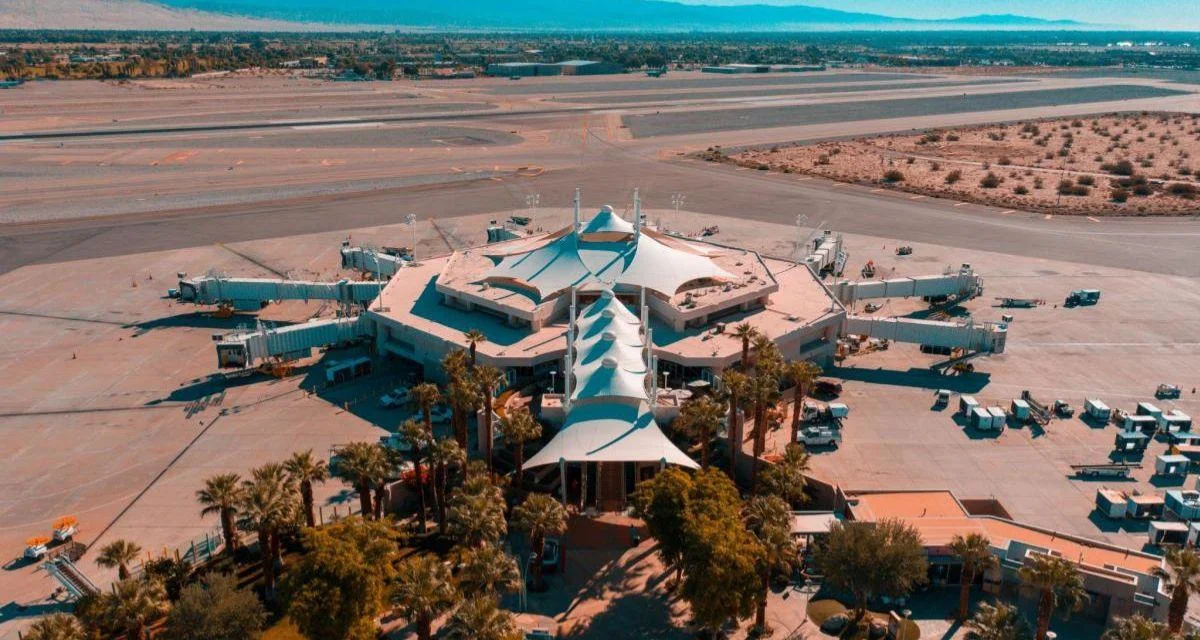The tarmac at Palm Springs International Airport (PSP) reached 163 degrees Fahrenheit on August 7, according to ABC News. This record temperature is part of a broader heatwave affecting more than a dozen states in the western United States, with daily highs surpassing 100 degrees and increased fire risks reported from California to Minnesota.
Extreme temperatures have a direct impact on airport and airline operations. High ground temperatures can reduce aircraft performance due to thinner air, which affects lift during takeoff and engine thrust. Ground crews also face higher risks of heat stress and mechanical failures as elevated temperatures strain hydraulic and electrical systems.
Some aircraft are particularly affected by high temperatures. For example, Bombardier CRJ regional jets are not rated for operation when ground temperatures exceed 120 degrees. Airbus spokeswoman Kristi Tucker told The Arizona Republic, "Airlines generate proprietary performance charts for the airports at which they operate, and there may be an upper limit to the outside temperatures for which their performance data ranges have been calculated."
 Alerts Sign-up
Alerts Sign-up




































